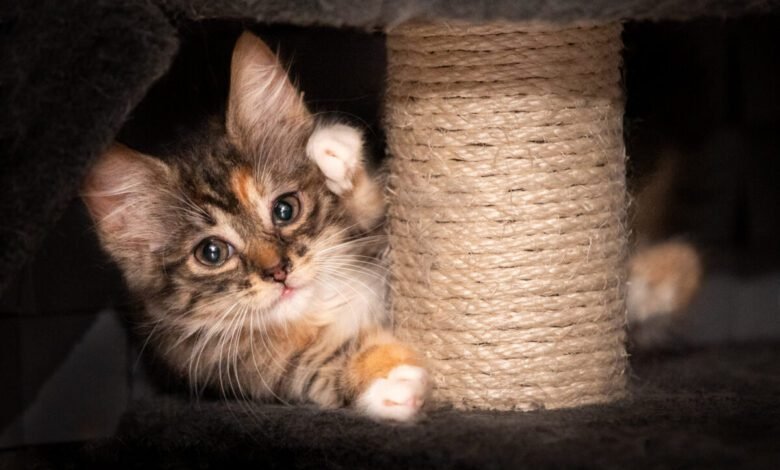Nearly 70 percent of veterinary professionals oppose declawing cats as states seek to ban the procedure

Contact: media@aldf.org
SAN FRANCISCO — An invasive surgical procedure, sometimes misinterpreted as a “quick fix” to stop cats from scratching furniture in the past, has become a prominent topic in legislatures across the country. New York, Maryland and Washington D.C. have already banned the declawing of cats with few exceptions for the cat’s health and Virginia has banned the procedure with limited exemptions. More states are considering the measure – with significant support from the veterinary community.
The Legislative Animal Legal Defense Fund announced new survey results showing that veterinary professionals are overwhelmingly opposed to cat declawing — a surgical procedure consisting of a series of amputations involving the last bones of a cat’s front ten toes. The procedure is not only painful, but can also cause lifelong paw pain, bleeding, infection, tissue death, nerve damage, arthritis, loss of balance, back pain, and even lameness.
Poll results include:
- 70 percent of veterinary professionals oppose declawing cats.
Results by age and experience:
- 85 percent of veterinary professionals under the age of 50 oppose declawing cats.
- 90% of veterinary professionals with less than 10 years of experience would support a statewide ban.
- 67 percent of veterinary professionals with 11 to 20 years of experience would support a statewide ban.
“If the severity and impact of declawing procedures were better understood by the public, this practice would have been banned long ago,” said Kim Kelly, Executive Director of the Legislative Animal Legal Defense Fund. “The data shows a shift in the priorities of veterinary professionals – with younger generations putting the health and wellbeing of cats before upholstered furniture.”
Declawing, or onychectomy, is a serious medical procedure in which a cat’s third phalanges (foot bones) and claws are surgically removed. The American Veterinary Medical Association states that “major surgery should be considered.” The procedure is commonly performed for convenience, such as preventing animals from scratching furniture, rather than for the cat’s well-being.
Chronic pain caused by the procedure can lead to unwanted behavioral responses, such as an increased tendency to bite due to the removal of their first natural defense mechanism and avoidance of the litter box due to the pain when stepping onto the bed.
Some of the justifications given by survey participants for opposing cat declawing included the change in public sentiment about declawing as unacceptable, the change in perceptions about cats as members of the family, the availability of non-invasive alternatives, veterinarians have increased client education about the surgery, and newer veterinarians’ opposition to the procedure, challenging older perceptions.
In addition to the states that have already passed bans, legislation has been introduced in Arizona, California, Florida, Illinois, Massachusetts, Michigan, Minnesota, New Hampshire, New Jersey, Pennsylvania and Rhode Island. Many large cities have jurisdictional bans, including Los Angeles, San Francisco, Pittsburgh, Madison, West Hollywood, Austin, Denver, Beverly Hills, Berkeley, and Washington D.C.




